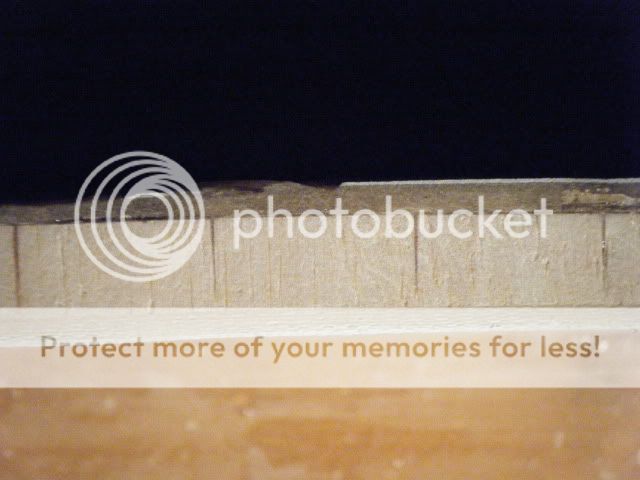FYI -
The only structural requirement for a cored deck (structurally known as 'box beam' construction) is that whatever fills the core remain able to prevent compression, etc. of the structure in the vertical plane .... simply to keep the 'skins' at a certain rigid 'distance apart'. In such 'overlayed decks' all the strength is carried by the top and bottom FRG 'skin', the core holds the skin at a definite constant fixed distance and position 'apart'. As long as there is a remaining structural 'connection' or 'bond' between the core, the core is still intact and 'connected' to the 'skin' ... all the structural requirements are met.
There is absolutely NO advantage to re-fill the space of the removed core with 'hardened plastic' ... WEIGHT ADDED. CLOSED cell foam is still the 'best', I still sometimes prefer 'balsa'!!!!
Since 'foam' does not 'rot' due to actions of microorganisms, if it still 'connected', most times there is no reason to replace the entire core .... only to 'seal' the water entry to prevent separation from the skin due to 'freezing' which cause the high internal deck pressures generated during the 'freeze-thaw' of the ice, etc. That said, such a wet foam core should be evaluated by sample destructive testing of removed cored, etc. -- 'plug-samples' to verify the condition of 'bonding'. In this way one only has to identify and select the 'zone' that needs a 'rebuild' and prevent the agonizing and backbreaking work of a 'full reconstruction' - just fix the 'zones' that are 'wet'. Even with balsa core most times with water intrusion, much of the core will be found to be still structurally connecting the skins and with only 'zones' or drainage pathways to lower altitude that are rotted/disconnected, etc. Test holes for core-bond evaluation, are much easier to do than rip the entire deck to do such an evaluation.
Screwed down teak decks usually leak because the 'fasteners' used typically 'saw' the upper layer of FRG due to thermal contraction/expansion between dissimilar materials ... , plus the eventual loss of 'bond' between the 'thiokol' that was used to lay/seal the teak to the FRG.... usually at 15-20 years of deck 'age'. Its usually the fasteners at the butt-ends between the strakes are the 'loose ones'. These areas of 'butt to butt' are the places to *start* core sampling to ascertain remaining core integrity if one considers a 'zonal' core repair. A pneumatic air-chisel and a SMALL electric radial hand saw to make 'plunge cuts' will be your 'new best friends'. Dont even think of doing this by 'chisel and hammer'.
I prefer "klegecel" for deck core replacement. I very carefully remove all the teak straking, and if still 'thick', remill the teak and simply epoxy laminate it to repaired/replaced top-skin, and simply enlargen the bung holes and 'bung' with 1/2" Ø bungs where needed if the 3/8" Ø holes have been damaged during the removal process.
Nothing beats 'teak' for wet-traction on deck, laminated (or re-laminated) teak is the cats-meow.
My suggested method is akin to fixing the cavity in the tooth and simply doing a cosmetic external bonding repair 'over' just the cavity .... the other way of rip the whole deck off would be equivalent to a 'cap' after grinding away the whole top of the tooth, including a 'root canal'.
Just my 'viewpoint' ... your mileage may differ. ;-)




